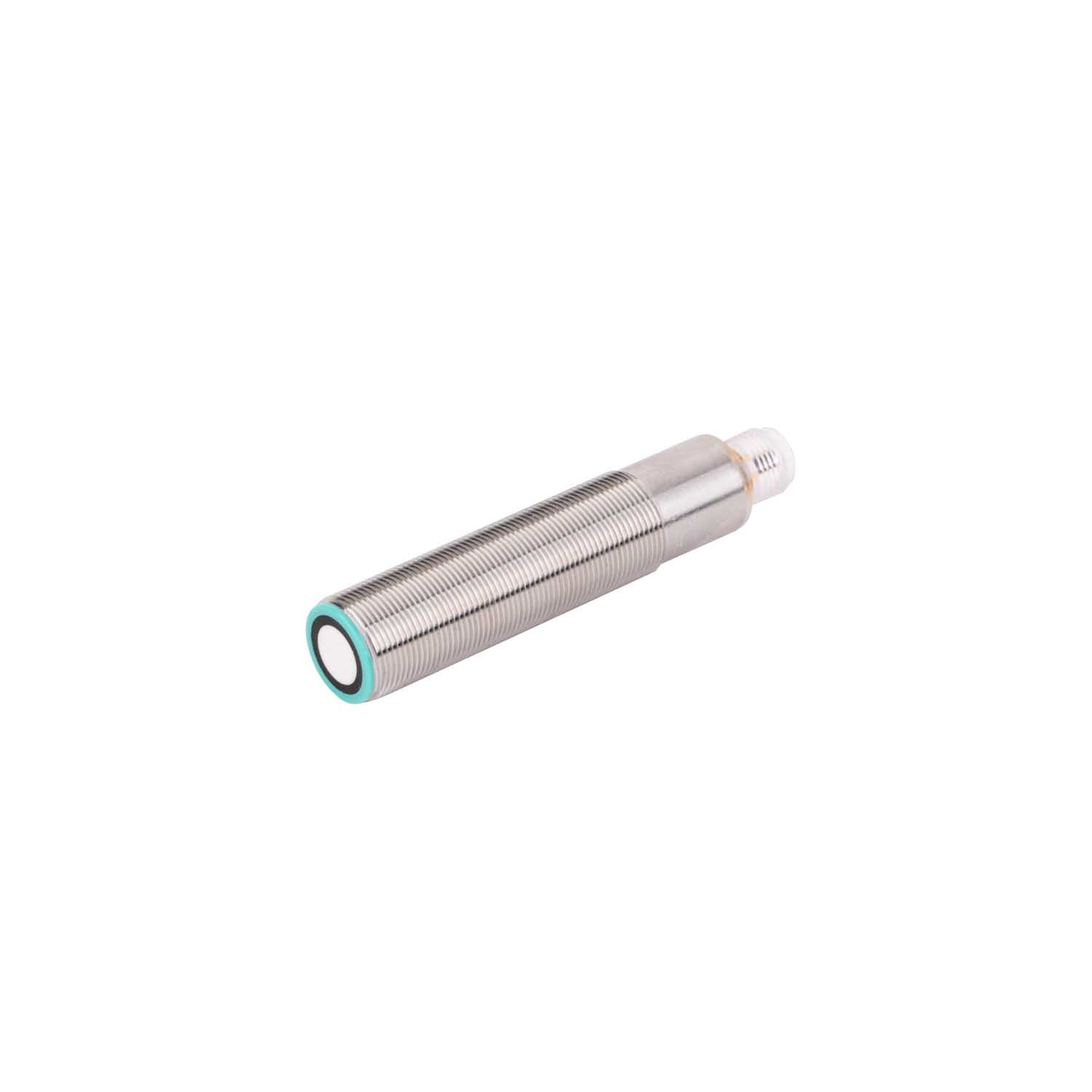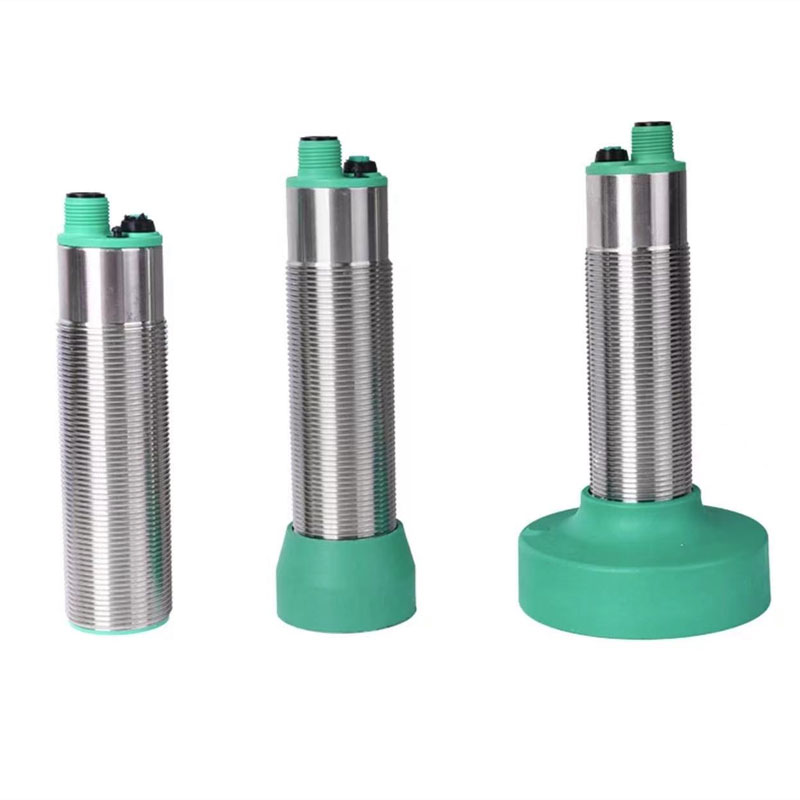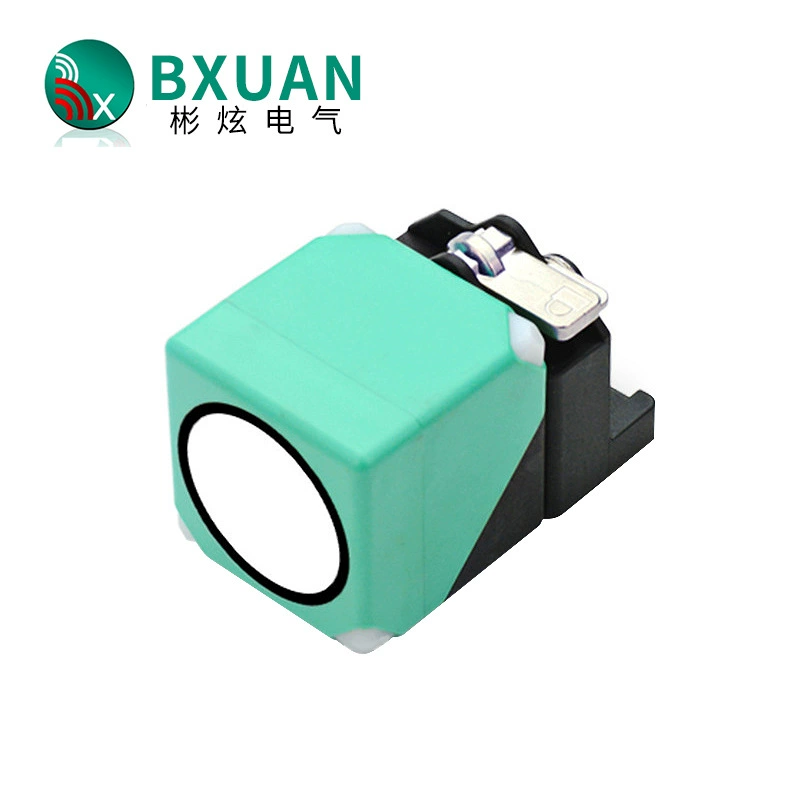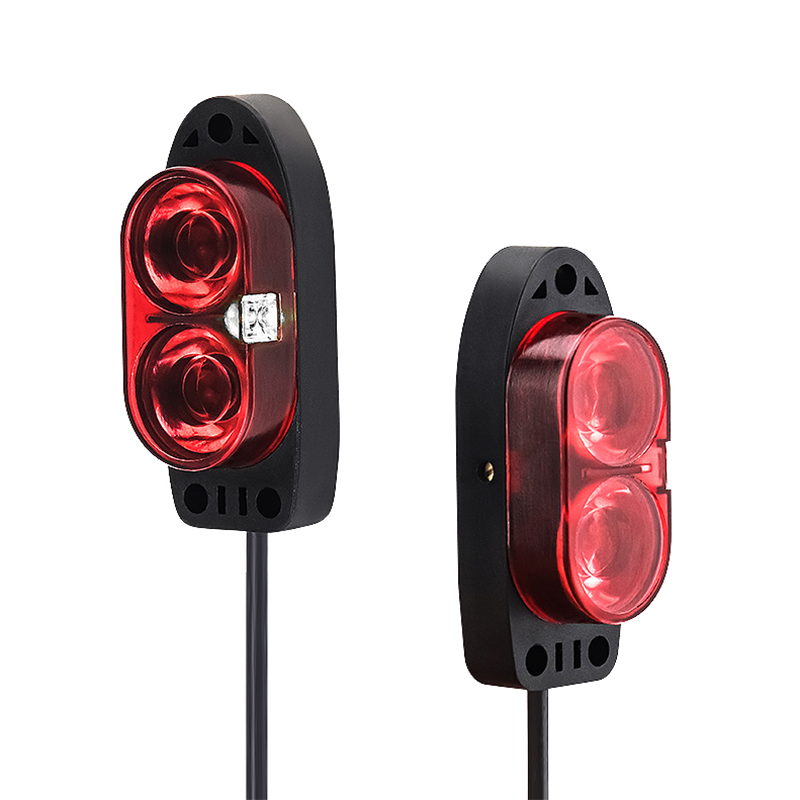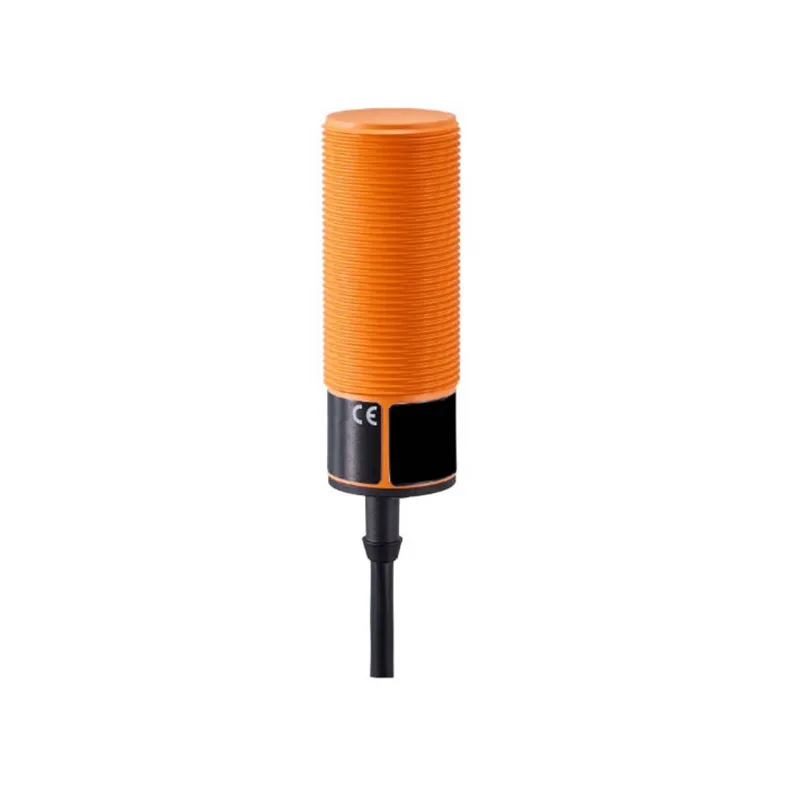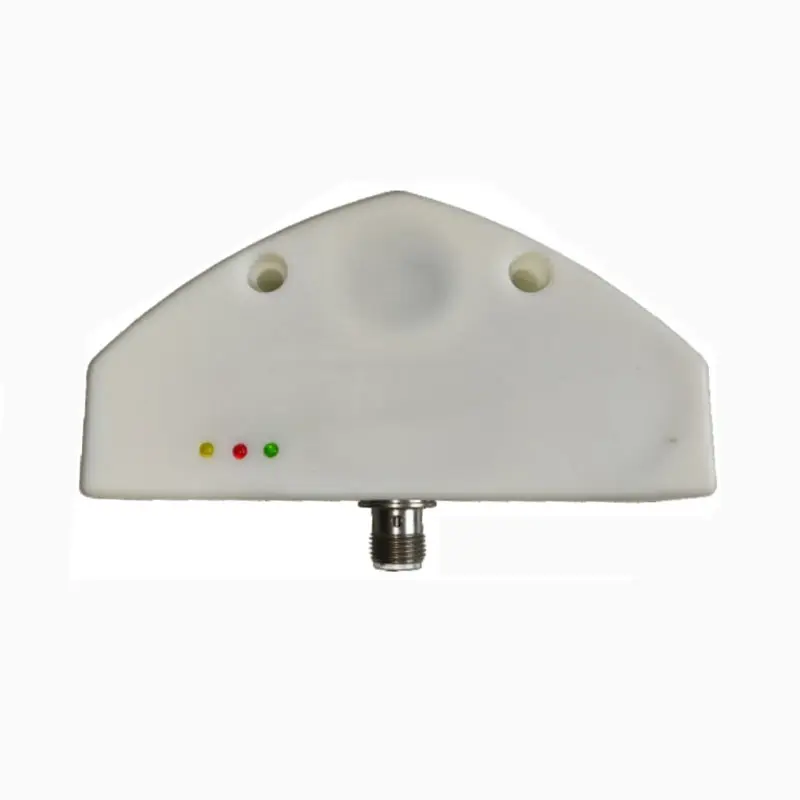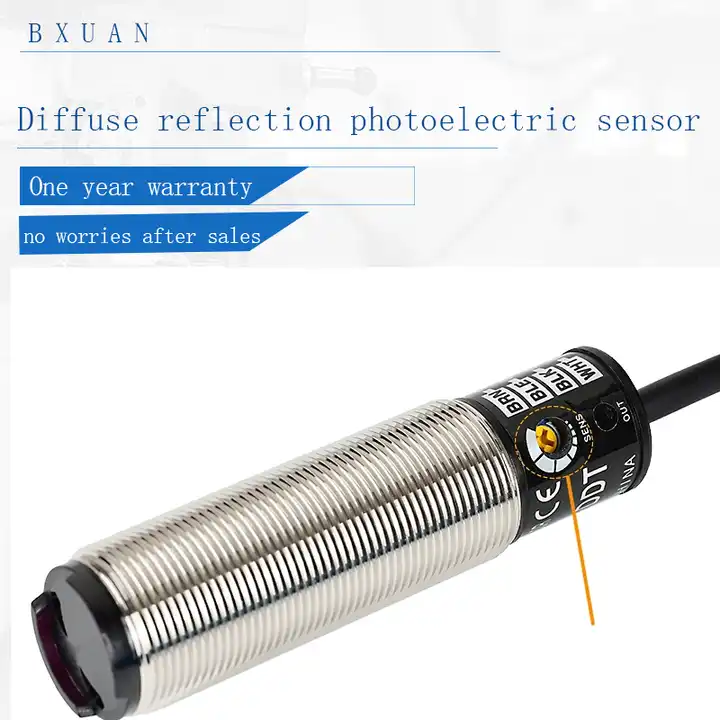infrared photoelectric switch sensor
The infrared photoelectric switch sensor represents a cutting-edge detection technology that utilizes infrared light beams to detect objects and trigger specific responses. This sophisticated device consists of an infrared emitter and receiver, working in tandem to create an invisible detection barrier. When an object interrupts this infrared beam, the sensor immediately registers the change and initiates a predetermined response. Operating at wavelengths beyond visible light, these sensors excel in various environmental conditions and can function effectively in both indoor and outdoor settings. The technology incorporates advanced filtering mechanisms to minimize false triggers from ambient light sources, ensuring reliable performance in diverse lighting conditions. These sensors can be configured in three primary modes: through-beam, retroreflective, and diffuse reflection, each serving specific application requirements. The through-beam configuration offers the longest sensing range and highest reliability, while retroreflective and diffuse reflection modes provide more flexible installation options. Modern infrared photoelectric switch sensors often feature adjustable sensitivity settings, LED indicators for easy troubleshooting, and robust housing designed to withstand harsh industrial environments. They find extensive applications in manufacturing automation, security systems, automatic doors, conveyor systems, and packaging lines, where precise object detection is crucial for operational efficiency.

